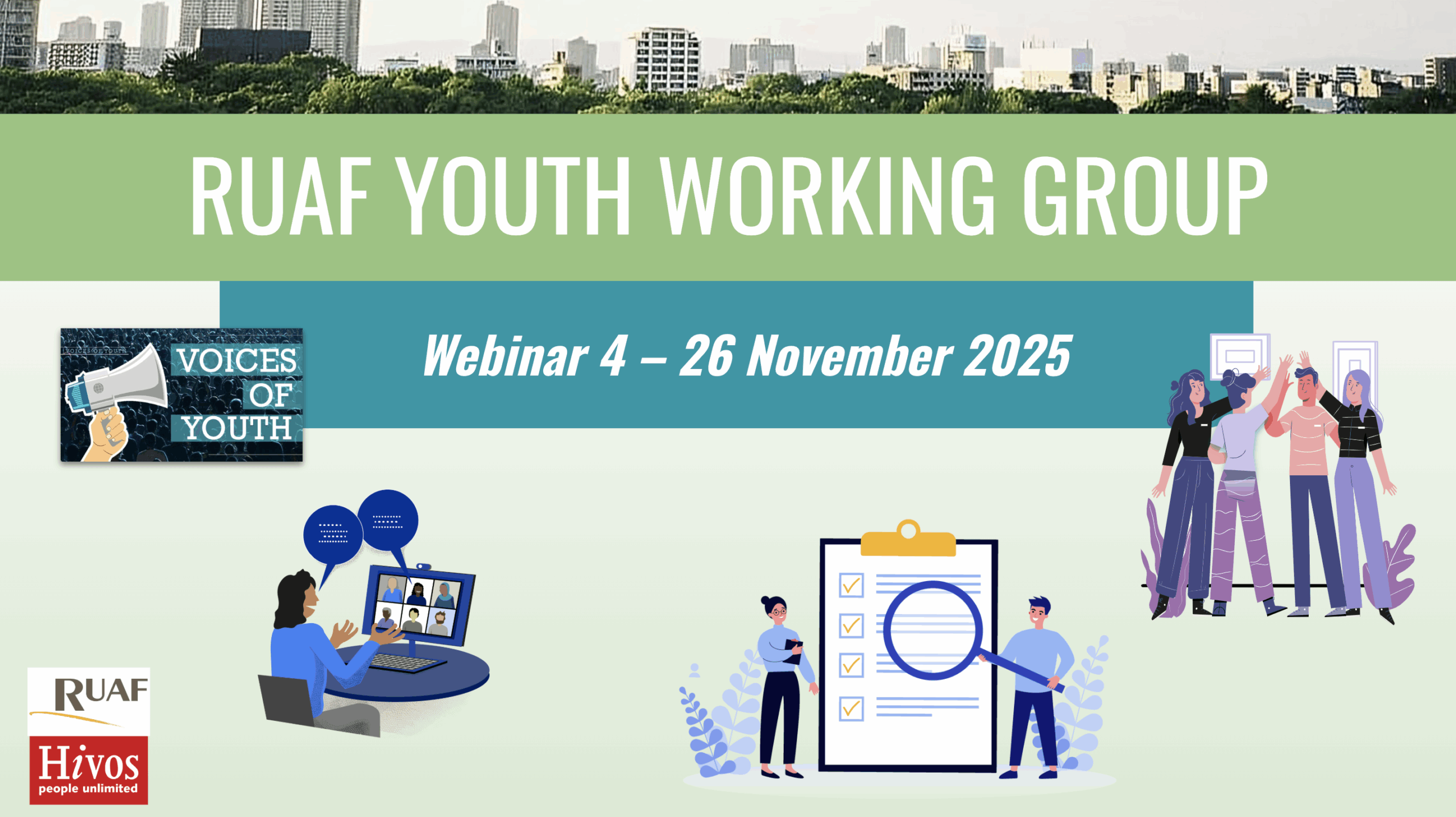The regulars at the Resilient Cities congress might recall that when urban food first appeared as a topic in the congress series, it almost seemed out of place – a topic more fitting to the agricultural community than urbanists.
The conversation started from the basics, emphasizing food as a system, which includes producers, consumers and many other stakeholders all along the supply chain, and which cuts across many dimensions of a local government’s mandate, such as public health, social cohesion and economic development. When these conversations first began, the Resilient Cities community needed to be taught about the scale and impact off malnutrition, food insecurity obesity and other non-communicable disease linked to unhealthy diets and sedentary lifestyles.
Today, a few years down the road, the situation has evolved substantially. The food agenda has been officially added to the New Urban Agenda adopted by nations at Habitat III in October 2016. The Paris Agreement also recognized the link between cities and food as a means to tackle climate change. There is also a dedicated goal on food in the 2030 Sustainable Development Agenda, but it fails to link to Sustainable Development Goal 11, the dedicated goal on cities.
Cities, however, have not waited for global cues to take on strategic food systems planning. The task for transforming global food systems is tremendous, but it is reassuring to see that local action is ongoing and potentially scaleable.
Medellín, Colombia, for instance, has launched a joint project with the Food and Agriculture Organization (FAO) designed to analyze its food system through robust data collection. Ultimately, the analysis will strengthen food security in the city by working on the whole supply chain as a system.
Ede, in the Netherlands, has made its way to food systems planning from a different angle. The city understood that food was a fundamental matter in public health and sustainability, and deserved a core place on their agenda. Facing growing public health issues linked to unhealthy diets, the city is relying on food policy to prevent non-communicable disease.
These are only two of the many “entry doors” that cities use to embed food in their planning. Their approaches then also differ, as does the scale of action. Some look at the flow of food that links the city to its territory in order to define the boundaries of their food systems. Others consider jurisdictional boundaries.
A number of initiatives have emerged in recent years to support the local and regional food systems planning. ICLEI and the RUAF Foundation have come together to create the CITYFOOD network, which focuses on urban-rural linkage and resilient city-region food systems. The network offers cities networking opportunities, training, policy guidance and technical expertise.
Food systems planning is now officially on the urban agenda, and cities are becoming quite effective in using it to address all sorts of issues, from public health and social inclusion to economic development, climate change and overall resilience. Every cities can address it from its own angle. In the end, when it comes to food, it is only a matter of taste.
This post is based on the “Resilient urban food systems and the international sustainable development agenda” session held as part ofthe Resilient Cities 2017 Urban Food Forum.
Source: CityTalk. A blog by ICLEI






